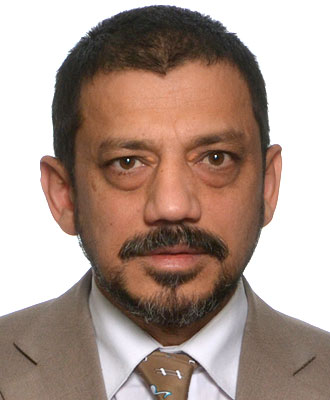To attend, please RSVP to epp@cseg.ca.
Unless we have exceeded the allowable number of people for the auditorium, we will not be replying to your email.
LunchBox Geophysics is free! Simply bring your own lunch (refreshments provided) and enjoy.
Abstract
Artificial Neural Networks (ANN) have been inspired by what is known as the “brain metaphor”. This means that these algorithms try to copy the capabilities of the human brain into computer hardware or software. Neural Networks are applied in seismic interpretation and reservoir characterization since late 1990s. The main areas are seismic waveform facies mapping, non-linear inversion, geobody detection, multi-attribute analysis, fault and chimney mapping etc. The talk will cover practical application of neural networks in reservoir characterization and the added value of such processes in exploration risk assessment. The examples will include the case studies from Africa, US, Canada and South America.
Thin beds and rapidly changing geology does not allow amplitude and horizon mapping to differentiate between channel and levee deposits or porosity distribution along carbonate unconformity. The seismic facies mapping uses the power of un-supervised neural networks to classify subtle changes in waveform using spatial and temporal relationship between seismic traces from 3D seismic data. The resultant maps represent a geological system rather than a single seismic attribute which can then be used to better understand the reservoir distribution. In frontier basins like rift valleys large amount of 2D seismic data contains indicators of hydrocarbon migration through leaking and sealing fault systems. Supervised neural networks application for chimney and fault seal analysis helps understand the risk associated with hydrocarbon migration and seal capacity of faults. Rock Property Prediction and neural network inversion are used when high density of good quality well data is available to create hidden and test layers that are key to a good quantitative output. Precision mapping of internal shale layer distribution within bitumen sands allow planning of better exploitation methods.
More recently resource shale plays are new target for the application of neural networks. Due to larger spatial extent of the play and gradual changes in the quality of shale the un-supervised volume based facies analysis over larger 3Ds can indicate changes in rock properties. These un-supervised facies sub-volumes are calibrated by production performance and organic attributes of shale.
Biography
Azer Mustaqeem, P.Geoph. is a geoscientist with Petro-Explorers Inc. Mr. Mustaqeem started his career as a Geologist in Pakistan oil industry. In 1995, he came to the US for M.Sc. in Exploration Geophysics at Stanford University. After moving to Calgary in 1997, he has been working in various Reservoir Geophysicist roles in software, service and exploration companies. Azer has gained extensive experience in advance geophysical analysis of plays in Western Canada and worldwide using qualitative and quantitative geophysics. His area of special focus is detailed structure and stratigraphic analysis of complex geology. Multi-attribute analysis, Spectral Decomposition, Neural Networks, Inversion and AVO are few of the tools he extensively uses at Petro-Explorers, a company he co-founded 5 years ago. He has presented his work on application of Neural Networks in numerous Canadian and international conferences.





